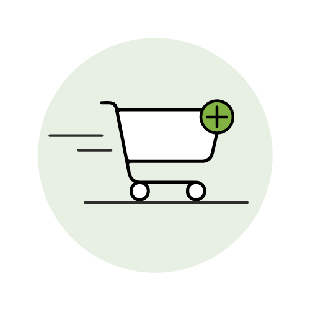A learning tower is a great investment that helps your child safely and independently participate in family life. To ensure the learning tower is suitable and safe for your child, here are a few important factors to consider:
1. Safety First
Your child's safety is the top priority. Ensure that the learning tower is stable and tip-proof. Models with a wide base, non-slip feet, and rounded edges minimize the risk of injury. For smaller children, additional safety features such as railings or safety belts are advisable.
2. Material and Craftsmanship
High-quality materials like wood or sturdy plywood ensure stability and durability. Make sure the learning tower is well-crafted—no sharp edges or splintering surfaces. Non-toxic paints or finishes are particularly important to ensure safe play for your child.
3. Height Adjustability
An adjustable learning tower grows with your child and can be used for a long time. You should be able to easily adjust the platform to your child's height so that they can stand safely.
4. Size and Space Requirements
Consider the space available in your kitchen or home. If space is limited, foldable models are a good choice as they can be stored easily when not in use.
5. Design and Functionality
Consider whether the learning tower should also be multi-functional. Some models can be converted into play furniture, a table, or a slide, offering added value.
6. Your Child's Age and Development
Choose a learning tower that matches your child’s age and developmental stage. For younger children, models with additional safety features are suitable, while older children may prefer a simpler tower.
7. Ease of Cleaning
Children are explorers—which means spills and doodles are inevitable. Make sure the learning tower is easy to clean. Models with wipeable surfaces are especially practical.
8. Budget
Learning towers come in various price ranges. Set a realistic budget, but make sure quality and safety come first. Cheaper models can end up being more expensive in the long run if they need to be replaced quickly.
Conclusion
A good learning tower for children is an investment that enriches everyday life with your child. Take your time to choose a model that is safe, suits your child, and provides long-lasting joy.

